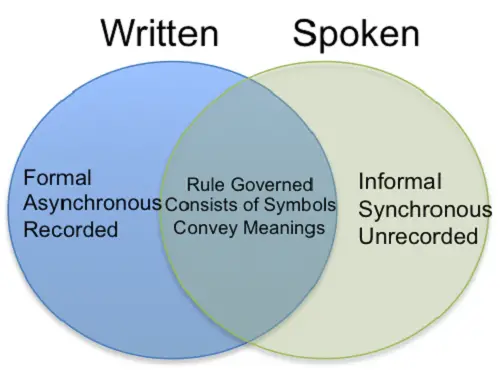Java and JavaScript are the two most prominent programming languages known for their scalability and robustness. While Java is an object-oriented programming language used for coding web applications, JavaScript is a scripting language commonly used for creating web pages. Both are easy to learn and work with, and do not require a lot of brainstorming. Despite being two distinct programming languages, they share some intriguing similarities. In this article, we discuss some common aspects and similarities between Java and JavaScript.

What is Java?
Java is an object-oriented, general-purpose language commonly used for coding web applications. It has been a popular choice of language among web developers for more than two decades. Java is a multi-platform language which was originally designed by Sun Microsystems with the objective that it would be a write once, run anywhere language. It’s owned by Oracle and runs on billions of devices, including laptops, notebooks, mobile devices, gaming consoles, and more. It uses objects and classes to organize your data.

What is JavaScript?
JavaScript is one of the core components of the web used to do all kinds of stuff with pages on the World Wide Web. It’s a scripting language that dominates the web development ecosystem, powering dynamic content, multimedia, images, and pretty much everything else. It’s and interpreted programming language that is very lightweight with object-oriented capabilities. The official name of JavaScript is ECMAScript and the standard is developed and maintained by the ECMA organization. It was originally designed to add interactivity to HTML pages.
Similarities between Java and JavaScript
Object-Oriented Programming
– Both languages are based on object-oriented programming (OOP) principles meaning they organize software design around data or objects, rather than functions and logic. As a result, they have access to features like classes, objects, inheritance, polymorphism, and encapsulation.
Syntax
– Both languages share a similar C-style syntax which means they were derived from or inspired by C. This makes it easier for developers who are proficient in one language to comprehend and work with the other. They use curly braces ({}) to identify blocks of code and semicolons (;) to terminate statements.
Front-End Development
– While JavaScript is the de-facto language of choice for front-end development, Java can be implemented for front-end development as well. Java applets can be incorporated within web browsers to embed interactive elements. JavaScript can be embedded directly into HTML, allowing developers to create dynamic content and interactive web pages.
Back-End Development
– While based on different ecosystems and frameworks, both languages can be used on the server-side, particularly in enterprise-level applications. Back-end technologies such as Apache, JBoss, and WebSphere have long been powered by Java. Node.js has evolved into a platform for JavaScript-powered servers.
Summary
As different as they are, both languages share some similarities worth considering. For instance, both are based on object-oriented programming (OOP) principles meaning they organize software design around data or objects, rather than functions and logic. In addition, both share similar syntax; use curly braces ({}) to identify blocks of code and semicolons (;) to terminate statements. However, Java is a statically typed language, whereas JavaScript is a dynamically typed language.
FAQs
Is there a similarity between Java and JavaScript?
They are both object-oriented programming languages that share a similar C-style syntax and can be used for both front-end and back-end development.
What are the basic differences and similarities between Java and JavaScript?
Differences: Java is a statically-typed language mainly used for back-end development and enterprise-level applications, whereas JavaScript is a dynamically-typed language used for front-end web development.
Similarities: Both languages can be implemented for both back-end and front-end web development, and are based on OOP principles.
What is the relation between Java and JavaScript?
They are not directly related. Java is a general-purpose programming language, whereas JavaScript was designed independently as a scripting language for web browsers.
What are the similarities between JavaScript and Python?
Both JavaScript and Python are dynamically-typed programming languages popularly used for web development; both have extensive libraries and frameworks; and support functional programming paradigms.
What programming language is most similar to JavaScript?
For back-end development, some possible alternatives to JavaScript are Python, Ruby, and PHP. When it comes to front-end development, TypeScript could be a viable option.
What is the hardest programming language to learn?
C++ is considered to be one of the most powerful and toughest programming languages because of its complex syntax, low-level operations, and steep learning curve.
Can Java and JavaScript work together?
Yes, they can work together really well. Java, for example, can be used on the backend to perform server-side operations, while JavaScript can be used for front-end development to create dynamic content. They can communicate with each other through APIs and interact within web apps.
Does Minecraft use Java or JavaScript?
Minecraft was initially designed using Java, but its Bedrock version was initially coded in C++. Several mods and plug-ins were designed in other languages to make it work on multiple platforms.
What is the difference between Java and JavaScript classes?
Classes are the building blocks of OOP in Java; they are compiled into bytecode and run on the Java Virtual Machine (JVM). JavaScript classes are mainly used to create object instances and define their properties and methods.












Leave a Reply